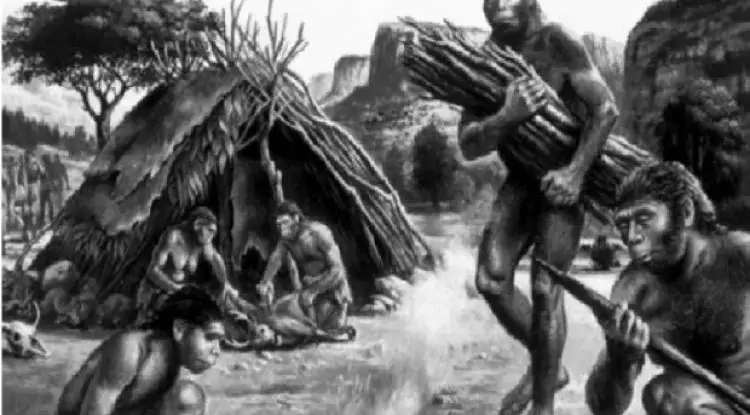15 Characteristics of Meganthropus Paleojavanicus
The most distinctive features of Meganthropus Paleojavanicus are the shape of the molars which resemble humans, but the way they walk is like an orangutan.

For those who have never skipped a history class, you must be familiar with the name Meganthropus. How familiar are you with Meganthropus? Let's get to know!
Early human Meganthropus is a genus of non-hominid apes that have become extinct from the Indonesian Pleistocene era. This is known from a structure of the large jaw and skull fragments found near Surakarta in Central Java, Indonesia.
Then, who discovered the early human fossils of Meganthropus? G. H. R. von Koenigswald, a paleoanthropologist from the Netherlands, discovered it in Indonesian
Another unique fact about Meganthropus is the oldest primitive human in Indonesia. Apart from that, Meganthropus can also be called the Sangiran Man because it was found at the Sangiran site, Sragen, in a study conducted from 1936 to 1941.
Early Human Meganthropus Paleojavanicus Characteristics
1. Short parietal bone and wide nose
In general, the parietal bones of early humans were short, and the shape of the nose was wide. So in outline, the early humans Meganthropus were similar to gorillas. However, early humans did not belong to the ape species.
2. Bulged forehead and thick cheekbones
A prominent bulged forehead and thick cheekbones form a clear face line.
3. The shape of the molars resembles humans.
Even though the physical form of Meganthropus was more similar to that of apes and gorillas, this early human had one characteristic that modern humans had: the shape of their molars.
4. 900 CC brain volume
Not only that but another feature of the early humans Meganthropus Paleojavanicus was also having a large brain volume, that is 900 cc. This makes a lot of sense, considering that ancient life was far from sophistication and ease. For your information, the size of the modern human brain at this time is around 1,000-1,900 cc (61-116 cu in).
5. Height about 2.5 Meters
Another feature of this early human was 2.5 meters. When compared with humans today, it is very different. Generally, humans in this modern era only have a height of around 1.8 meters, and the highest is around 2 meters.
6. The way they walk like an Orang Utan
In contrast to humans who generally walk upright. According to research, Meganthropus walks more like an orangutan, bending with both hands to support his body.
The early humans known to walk upright like humans were Pithecanthropus Erectus, who lived after Meganthropus Paleojavanicus.
7. The thick and strong lower jaw
Early humans used these thick and strong lower jaws to chew plants or fruit with a hard texture.
8. Strong chewing muscles.
9. There is no chin, but the mouthparts protrude.
10. Plant eaters.
11. Sharp rear protrusion.
12. The large and strong attachment of the nape muscles.
13. Very large teeth and jaws.
14. Hands are longer than legs.
15. The way of life of Meganthropus Paleojavanicus is always moving places by collecting or gathering food. When the food source in one place runs out, they will move to find another place.
Isn't Mina's discussion about the characteristics of Meganthropus interesting?
Image source: Illustration of early humans Meganthropus Paleojavanicus | katadata.co.id

 Minanonymous
Minanonymous 